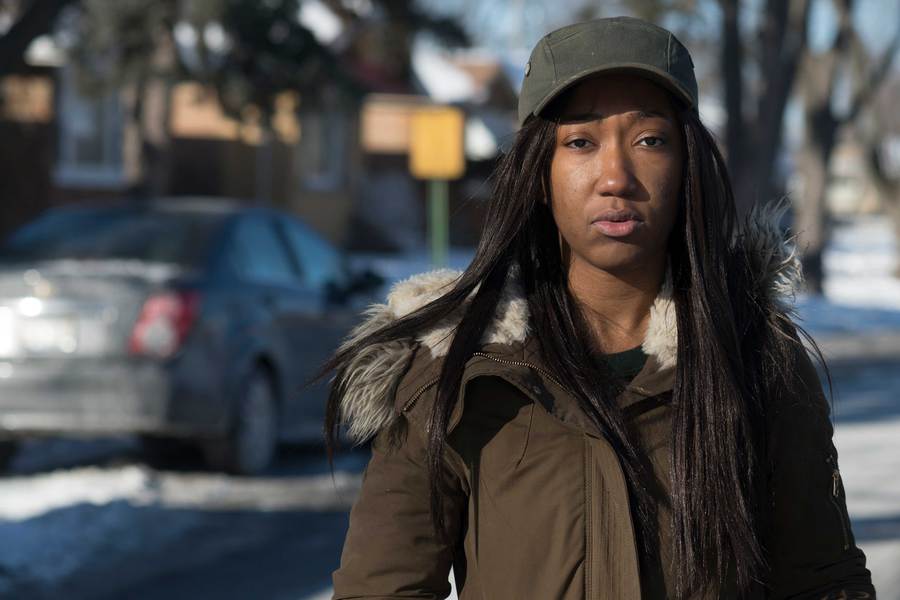$6700 in unpaid tickets, late fees, and impound fees were a barrier to Reneau, a single mother working and going to school. She had begun racking up the ticket debt five years earlier, in 2012, after a neighbor who saw her riding the bus late at night with her infant son sold her her first car, a used Toyota Camry, for a few hundred dollars. She was grateful for the shorter commute to work but unprepared for the extra costs of owning a car in Chicago.
That year alone, Reneau got 15 tickets, including seven $200 citations for not having a city sticker. Later, she received a dozen tickets for license plate violations on another used car that couldn’t pass emissions testing, a state requirement to renew her plates.
Because of the unpaid tickets, the city garnished her state tax refunds. Her car was impounded and she couldn’t pay for its release. Her driver’s license was suspended. Unable to come up with $1,000 to enter a city payment plan, Reneau did what thousands of Chicago drivers do each year: She turned to Chapter 13 bankruptcy and its promise of debt forgiveness.
“I know I’m putting a Band-Aid on the problem,” she said. “But right now, my immediate need is to get a car so I can get to work and get my son to school.”
She qualified for the city’s hardship plan, which requires a down payment of $1,000 or 25 percent toward total ticket debt, whichever is lower. But she didn’t have the money. Reneau considered signing up for a city payment plan to recover her driver’s license and get another car. Of the $6,700 she owed the city — for a range of parking tickets, sticker violations and camera infractions — less than half was for the original tickets; the rest was late penalties, 22 percent collection fees, impound fees and even a $20 fee for the cost of suspending her license.
Source: Driven into Debt
